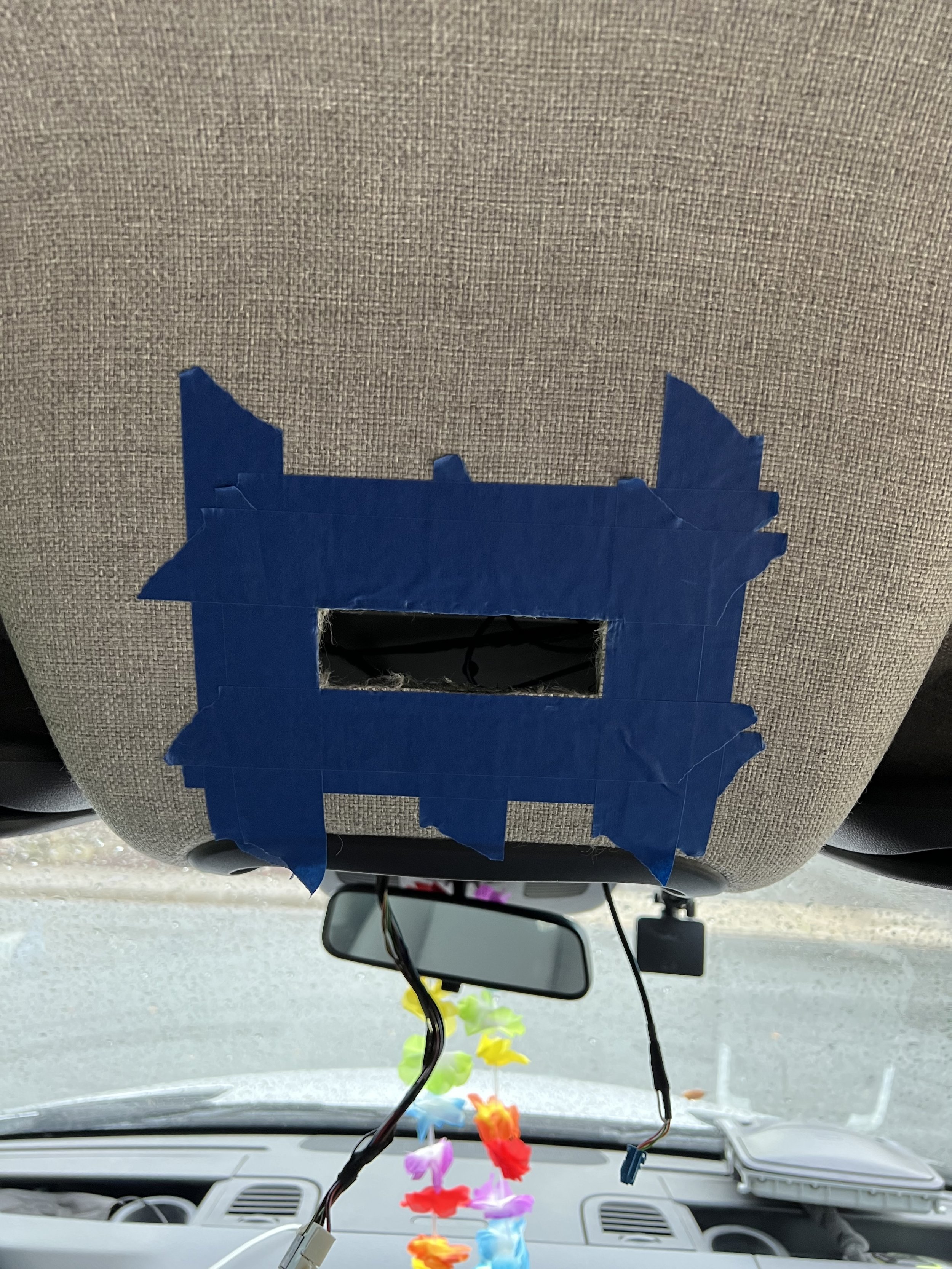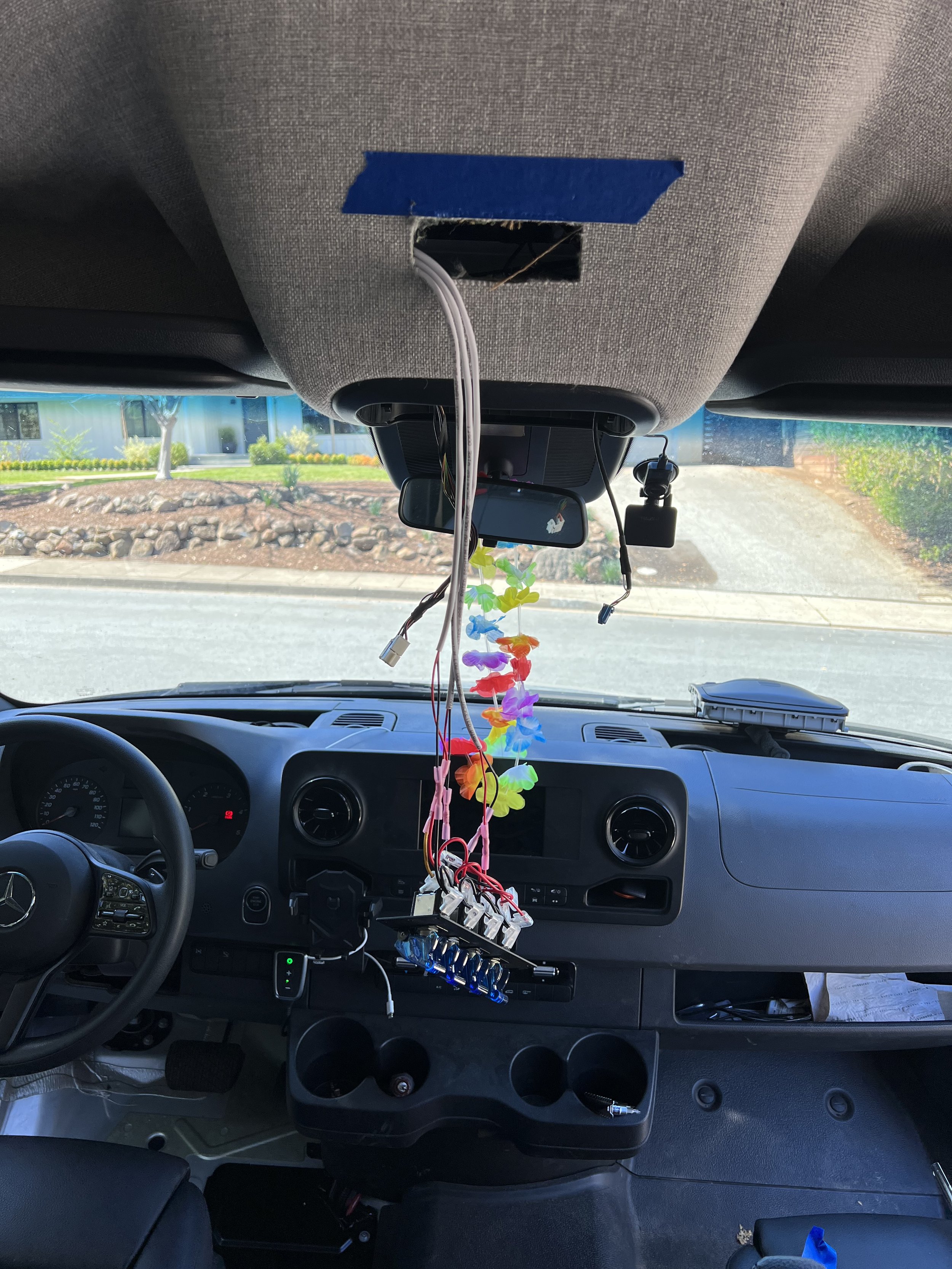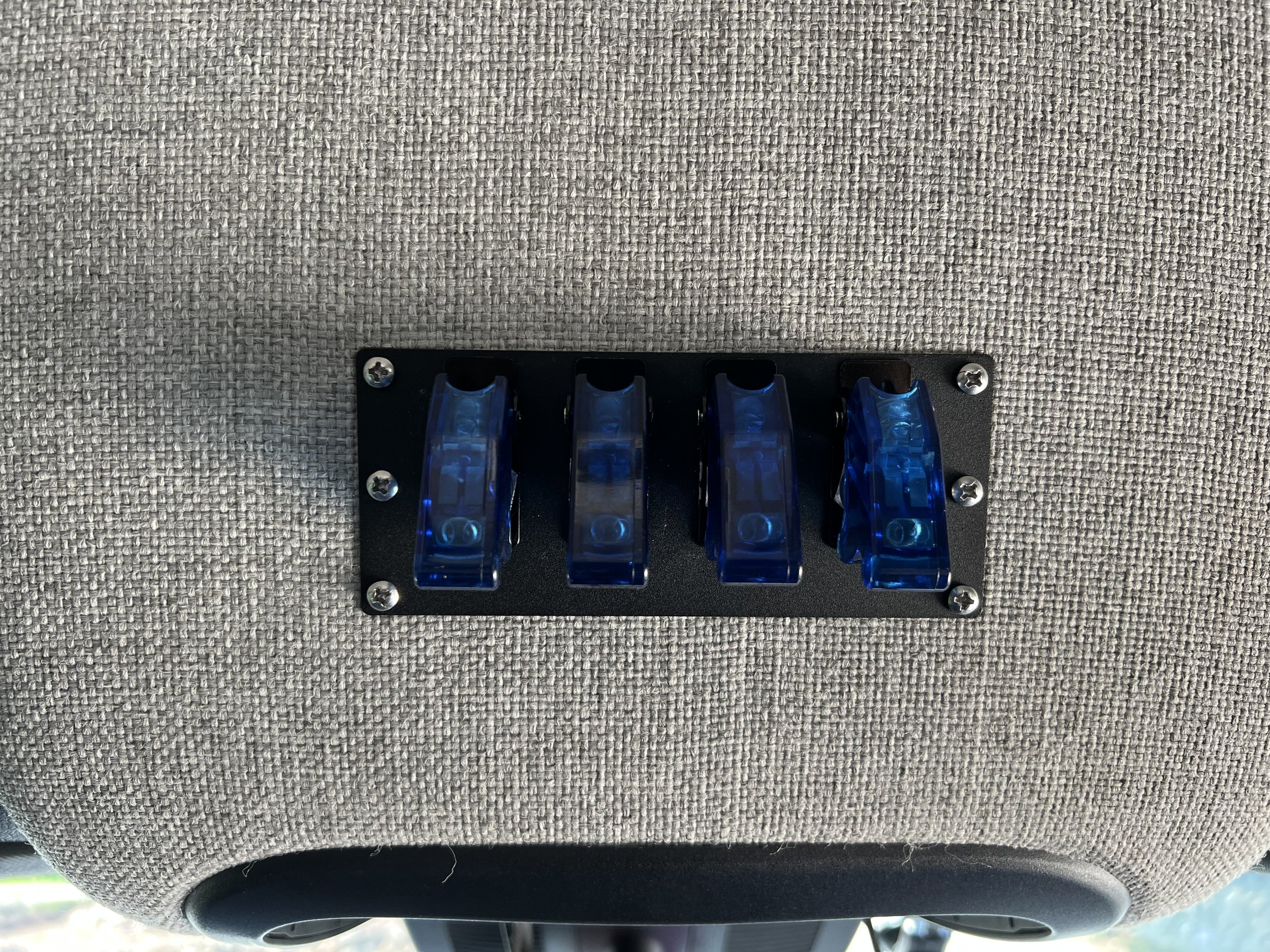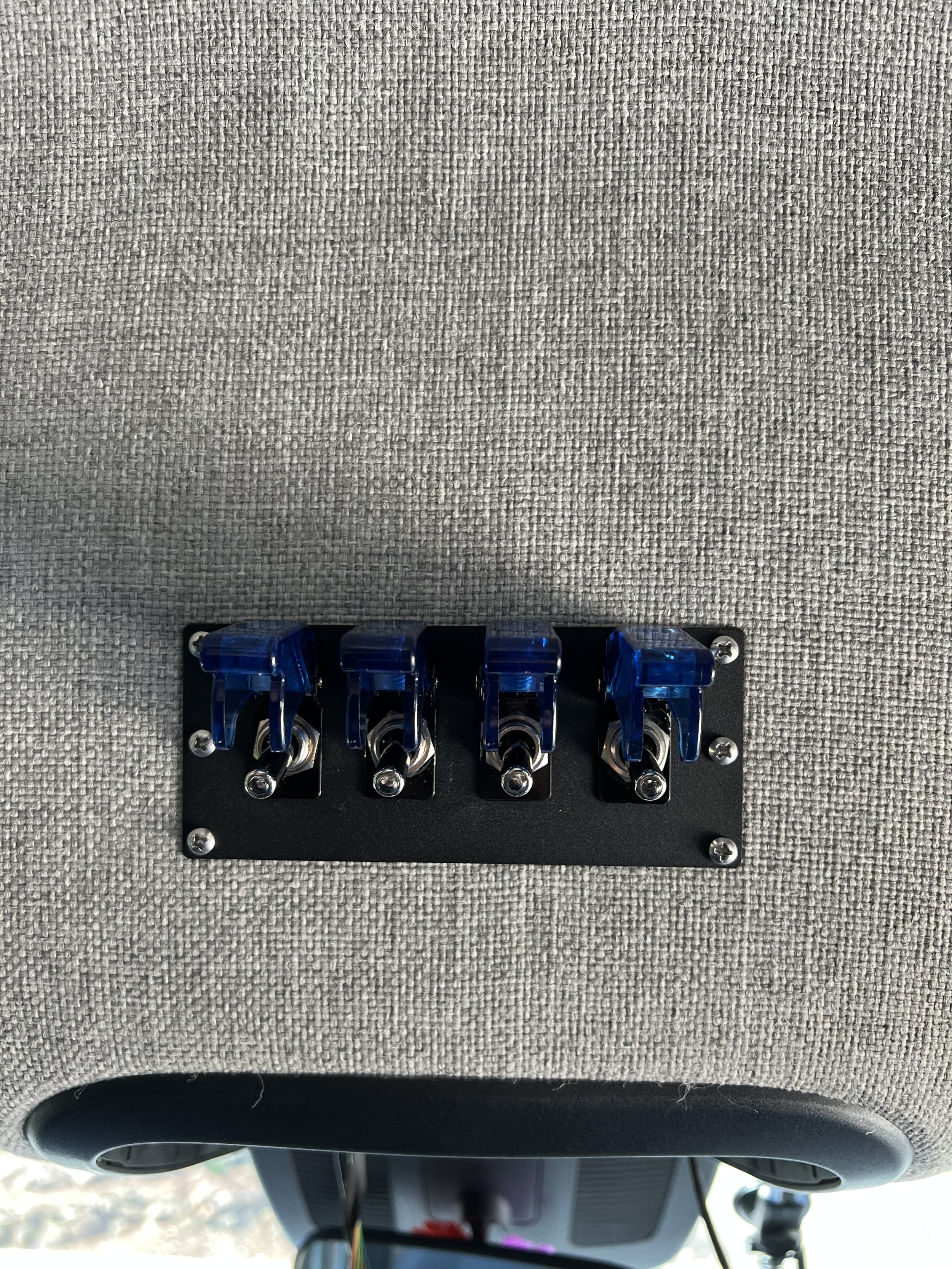A while back I wired up a light bar and area lights to a Trigger Controller (blog post here). At that time I thought I was doing myself a favor to use the Trigger Controller as it would prevent me having to wire in relays and switches…..something I was not overly familiar with at that time. The Trigger Controller is app enabled and comes with a wireless switch block to control the lights. At that time I completed the installation of the light bar and area lights but only mounted the grille lights into position, I didn’t actually wire them in yet (due to time). Everything worked great but over time I noticed some weaknesses of the Trigger Controller.
The first is that it is not easily expandable since you either buy a 4 switch system or a 6 switch system but to expand means buying a whole new system. The second is that their wireless switch block….sucks. The LED lights of the switch are weak, the switch block is not that attractive, and the batteries run down rather quickly. More importantly, once the batteries run down the switch acts odd and on more than one occasion once I turned on the lights I could not turn them off unless I went into the app. But the biggest issue I have found with the Trigger Controller is that the circuits can only handle lower amps. On a 4 Trigger Controller only two circuits can handle 30 amps and the other two circuits can handle only 10 amps. Finding lights that take 10 amps or less is not easy. You can add a relay to a circuit to up the amps but that sort of defeats the whole point of having the Trigger Controller. You might as well have total control and flexibility and wire up relays. More on that in a second as you can guess what I had to do :)
I lived with their wireless switch block for awhile but eventually I was tired of it, so I bought their hard wired switch kit. This is a wire loom that you can add to your Trigger Controller that allows you to then use traditional switches. By doing this you can ditch the wireless switch block all together. Seeing that I like and trust MGI Speedware for my custom wiring needs I went with their 4 aviation style switch panel. I then had the joy of cutting a hole in my headliner to mount the switch panel and to route the wires to the Trigger Controller which I installed under the front driver seat in the electrical box.
While I was deep into this project I decided to finally wire up the grille lights. I went with the Rigid 360 6” lights that have an amber background. I did this for a few different reasons. The first is that these lights can be wired on two circuits (one for the main light and one for the backlight). This means that the amp rating on each circuit is rather low and based on the documentation from Rigid it would be below 10 amps on each circuit (at least that is what I thought). I was also hopeful that the amber backlight could be used as fog lights while the main lights could be used as offroad driving lights. As it turns out the amber is not bright enough to be effective fog lights. The amber looks good but it is not bright enough. The main light is very bright and a wonderful offroad light with a retro style, but the amp rating documented is the nominal load not the startup load. I found that my 10 amp circuit could not handle the load and thus it blew a fuse. The fix for that is…..you guessed it, wire in a 30 amp relay. If I am going to do that I might as well upgrade the grille lights to the Baja Design LP6 or LP9 which are amazing lights.
So all in all I would recommend the Trigger Controller only to those that have limited switch needs, who don’t feel comfortable wiring switches and relays, and who don’t need to power higher load circuits. If I could do it again I would skip it. If you like the idea of a controller that has most of the wiring done for you check out the SPOD system as it is a more powerful system. Given my Defender project I am not comfortable wiring relays and switches so my preference is to buy a custom relay panel from MGI Speedware and have total flexibility. I like the Rigid 360 lights for their retro look but for my needs I like the Baja Design LP9s better. So once I add a relay to my grille wiring loom I will jump over to the BD LP9s and join the many Sprinters who use those. In conclusion I would say you get what you pay for. The Trigger Controller is inexpensive for what it is but has many limitations and overall I spent more time than it was worth making it work for my rig. But with that said it does work great now and their customer support is excellent.





